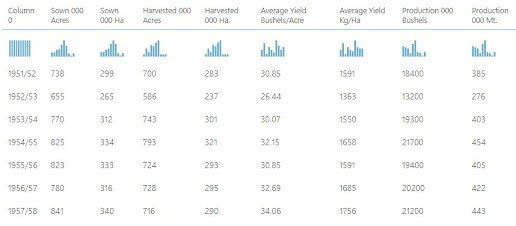Rice has a great influence on Sri Lankan politics. If we go back to, 1953, the islandwide "hartal" as called by the Marxist opposition party due to the increase of rice kilo to 75 cents from 25 cents. From that point onwards, rice has a major impact in Sri Lankan politics. During the General Elections 1960 March, 1960 July, 1964, 1970 politics promises were revolved around Rice. There was the infamous political promise of "providing two kilos of rice, even bringing the rice from the moon"
Following is the one of the main slogan from the United Front camp who came to power in 1970 by defeating the Dudley Senanayake who alias as Father who gave rice ("බත් දුන් පියා")
අපේ අම්මා ලඟ එනවා - හාල් සේරු දෙක දෙනවා
Translate: When our leader /mother (Sirimavo Dias Bandaranayake) wins, we will give two kilos of rice.
On a side note, after winning the election and later in seven years, the slogan was changed to,
සීනි නැතුව තේ බොන්නම් - මිරිස් නැතුව හොදි කන්නම්
අපේ අම්මා කියනවනම් - පිදුරුවුනත් අපි කන්නම්
Translate: We will have tea without sugar and will have gravy without chillies. We will eat straw if our mother asks us to do so.
Having looked at the political background in Sri Lanka with respect to the rice, let us look at some data and let us try to identify some anomalies in Rice production in Sri Lanka over the years.
We will be using Azure Machine Learning, Time Series Anomaly Detection Control to exploit the anomalies. You can find the experiment at https://gallery.azure.ai/Experiment/Anomaly-Detection-of-Sri-Lanka-Paddy-Production.
Following is the Azure Machine learning experiment.
This is the dataset from http://www.statistics.gov.lk/. We have four parameters, season, Sown, Harvested, and Production with different units as shown in the below figure.
Source
































